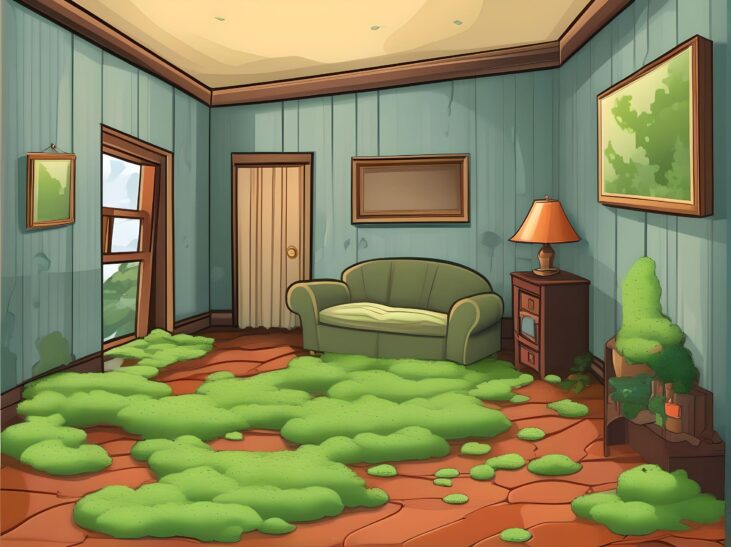
Greetings, prospective homeowners! Did you know that a staggering 70% of homes are affected by mold issues? Your dream home deserves more than just aesthetics—it deserves a healthy living space. In this ‘Mold and Mildew Homebuyers Guide’, we embark on a journey into the realm of mold and mildew, often referred to by inspectors as “bio-growth.” Together, we’ll explore a comprehensive guide to inspecting these sneaky intruders and, if necessary, taking effective remediation steps. Let’s not just create a beautiful home but also a safe haven for you and your loved ones.
Understanding Mold and Mildew: Mold and mildew, seemingly harmless fungi, can wreak havoc on your home’s structural integrity. Thriving in damp or humid conditions, they pose a threat to both the building and your health, particularly if you or your family members have respiratory conditions.
Where to Look During Inspection: Begin your inspection in moisture-prone areas like basements, bathrooms, and kitchens. Keep an eye out for discoloration, musty odors, or visible mold growth. Be aware that mold can lurk in hidden spots like behind wallpaper, under carpets, or within air ducts, making it crucial to hire professionals who can identify latent defects.
Identifying Common Types: Mold comes in various forms, with black mold (Stachybotrys chartarum) being one of the most notorious. While not all molds are toxic, understanding the type can guide the severity assessment and necessary remediation steps.
Health Impact Considerations: Prolonged mold exposure can lead to respiratory issues and allergies. If unexplained symptoms arise, consider the possibility of mold and take prompt action, consulting with healthcare professionals if needed.
DIY Mold Testing Kits: DIY mold testing kits offer a starting point, but their accuracy has limitations. For precise assessments and comprehensive reports, it’s advisable to invest in professional mold inspections.
When to Bring in Professionals: Hire certified mold inspectors when mold is suspected but not easily located. Professionals use specialized tools to identify hidden mold and assess contamination extent.
Remediation Steps: In the unfortunate event of mold detection, remediation becomes paramount. This process involves not only removing the mold but also addressing the underlying moisture issue. From simple DIY cleaning for small areas to professional removal for extensive infestations, the approach varies.
Preventing Future Growth: After remediation, focus on preventing future mold growth. Ensure proper ventilation, promptly address water leaks, and maintain optimal humidity levels. Regular inspections are key to catching potential issues before they escalate.
Negotiating Repairs and Remediation: If mold is uncovered during a home inspection, leverage the findings to negotiate repairs with the seller. Discuss the remediation process, associated costs, and agree on a plan ensuring a healthy living environment.
Moving Forward with Confidence: Armed with knowledge and a proactive approach, you can confidently proceed with your homebuying journey. A mold-free home is not just a space; it’s a foundation for a healthy and happy life.
Conclusion: Navigating mold and mildew concerns may seem daunting, but armed with the right information, you can make informed decisions for a healthier home. From inspection to remediation, this ‘Mold and Mildew Homebuyers Guide’ empowers you to create a living space that not only meets your aesthetic preferences but also prioritizes your well-being. Here’s to a mold-free, happy home!
